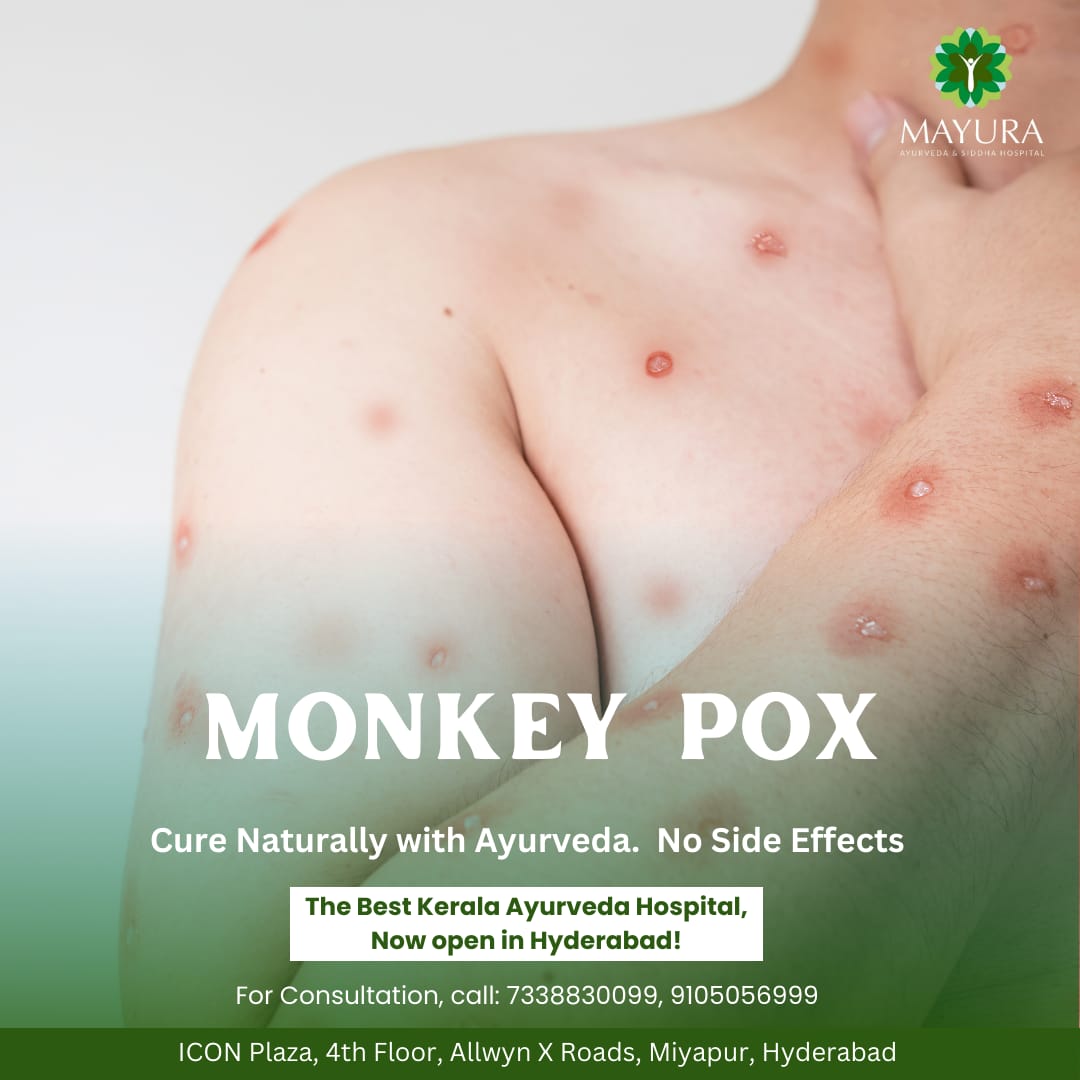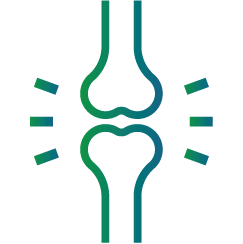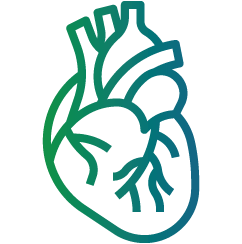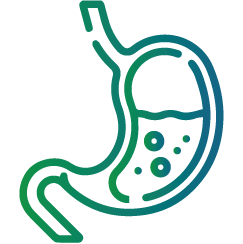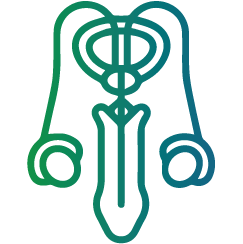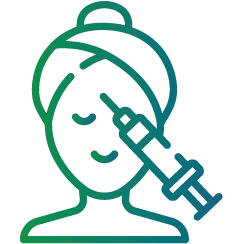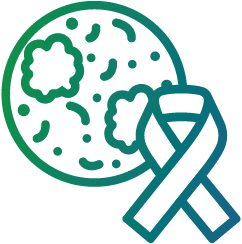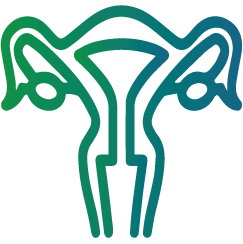Monkeypox, a viral illness causing a recent global outbreak, has raised concerns. This blog post serves as your comprehensive guide to monkeypox. We’ll explore the causes, symptoms, transmission methods, and effective prevention strategies. Additionally, we’ll clarify the difference between monkeypox and smallpox, and highlight when seeking medical attention becomes crucial.
Understanding Monkeypox
Monkeypox is a viral illness related to smallpox but typically milder. It’s endemic in Central and West Africa, where it’s primarily transmitted from animals to humans. However, the recent outbreak has seen a rise in cases globally, with human-to-human transmission being the dominant mode.
Causes of Monkeypox
Monkeypox is caused by the monkeypox virus, a member of the Orthopoxvirus genus. This virus can spread through contact with infected animals or humans.
Symptoms of Monkeypox
Monkeypox symptoms typically appear within 5-21 days of exposure and can last for several weeks. Here’s a breakdown of the common symptoms:
Fever
Headache
Muscle aches
Backache
Swollen lymph nodes
Chills
Exhaustion
A rash that starts flat and progresses to fluid-filled bumps, then pustules and scabs
Chart 1: Monkeypox Symptoms Timeline
| Stage | Days | Symptoms |
|---|---|---|
| Incubation | 5-21 days | No symptoms |
| Onset | 1-3 days | Fever, headache, muscle aches, backache, swollen lymph nodes, chills, exhaustion |
| Rash | 1-3 days after fever onset | Flat rash, progressing to bumps, pustules, and scabs |
| Scab formation and healing | Weeks 2-4 | Scabs form and fall off, leaving scars |
Transmission of Monkeypox
Monkeypox can spread through various ways, including:
Direct contact with the rash, bodily fluids, or scabs of an infected person.
Respiratory droplets from prolonged close contact with an infected person.
Contact with contaminated objects, such as bedding or clothing.
Pregnant women can pass the virus to their fetus or newborn baby during pregnancy or childbirth.
Monkeypox vs. Smallpox
While related, monkeypox is generally milder than smallpox. Here’s a table highlighting the key differences:
| Feature | Monkeypox | Smallpox |
|---|---|---|
| Severity | Milder | More severe |
| Symptoms | Less severe rash, swollen lymph nodes are common | More severe rash, no prominent lymph node swelling |
| Transmission | Less contagious | Highly contagious |
| Mortality rate | Lower | Much higher |
| Eradication | Not eradicated | Eradicated in 1980 |
Preventing Monkeypox
Several preventative measures can help reduce the risk of monkeypox infection:
Avoid close contact with infected individuals.
Practice frequent handwashing with soap and water.
Avoid contact with animals that may be infected.
Practice safe sex, as the virus can be spread through sexual contact.
If you have a rash, isolate yourself and avoid close contact with others.
If you experience monkeypox symptoms, consult a healthcare professional promptly.
When to See a Doctor
If you develop a fever, rash, or other symptoms suggestive of monkeypox, seek immediate medical attention. Early diagnosis and treatment can help prevent complications and the spread of the virus.
Conclusion
Monkeypox is a cause for concern, but with proper awareness and preventive measures, the risk of infection can be significantly reduced. By understanding the causes, symptoms, and transmission methods, you can protect yourself and your loved ones. Remember, early diagnosis and treatment are crucial. Don’t hesitate to consult a healthcare professional if you have any concerns.

